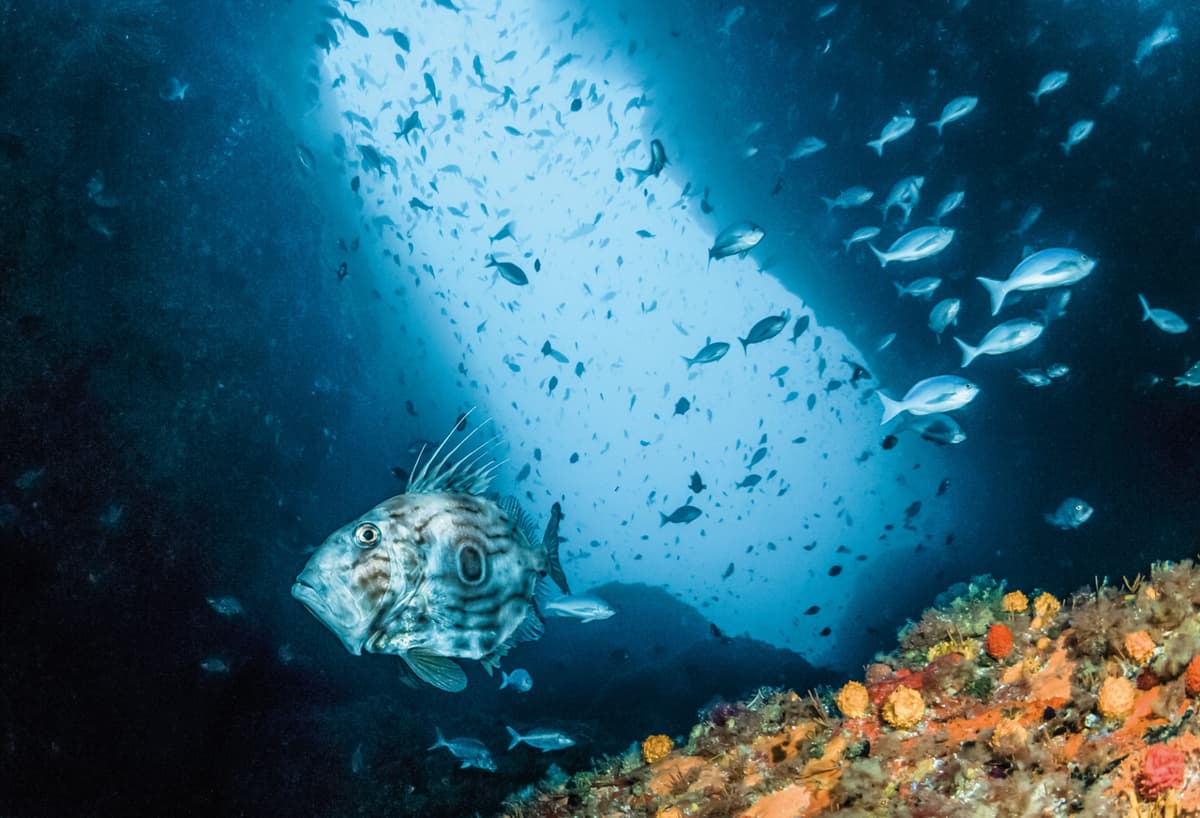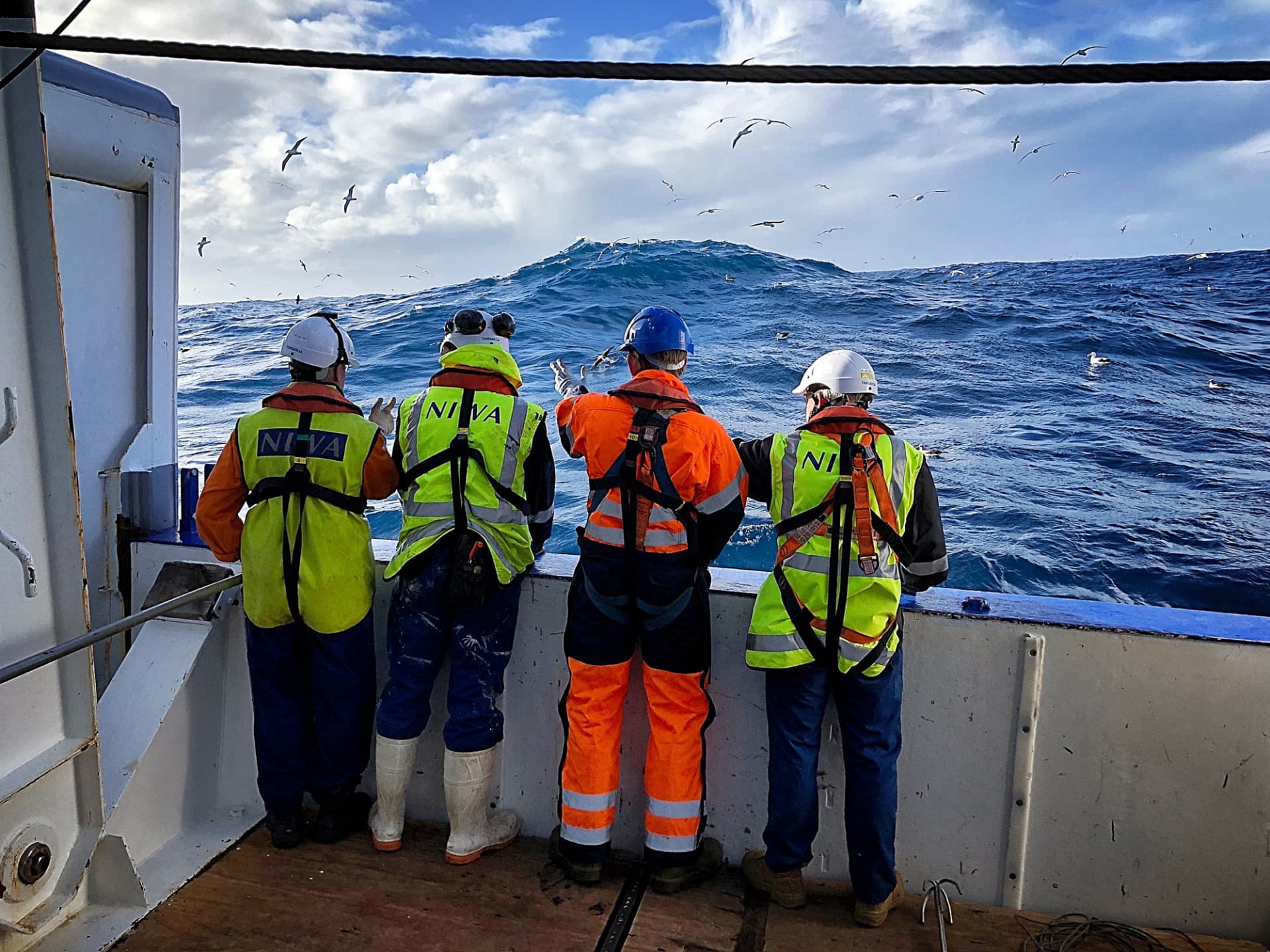Related projects & activities


Posted on Wednesday 24 October 2018
Sustainable Seas Challenge research led by Dr Fabrice Stephenson (NIWA) has found that a recently developed analysis tool, the Gradient Forest Model, can accurately predict the numbers and distribution of fish species on the ocean floor.
Dr Stephenson tested the new model against real distribution patterns of bottom-dwelling fish, such as hoki, orange roughy and oreos, gathered from more than 27,000 NIWA research surveys conducted over 26 years. As well as fish, the model incorporated detailed environmental data, such as tidal current speeds, temperature gradients, salinity, seafloor roughness and sediment type. It was able to predict fish distributions over a range of environments.
“It has worked really well,” says Dr Stephenson. “This represents a significant improvement on previous environmental classifications at a national scale, primarily due to improvements in methodology that allow for novel and more robust ways of modelling biodiversity and environmental data.”
Dr Stephenson worked closely with Dr Carolyn Lundquist and Dr John Leathwick and their findings – recently published in the journal Diversity and Distributions – will be used in existing conservation planning tools. These tools are the ultimate goal of the research as they allow decision-makers to explore ‘what-if’ questions, and determine how future changes in fishing or climate may influence fish distributions within New Zealand’s marine environment.
